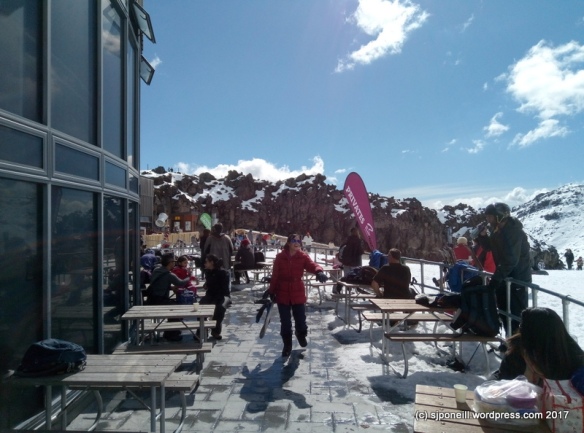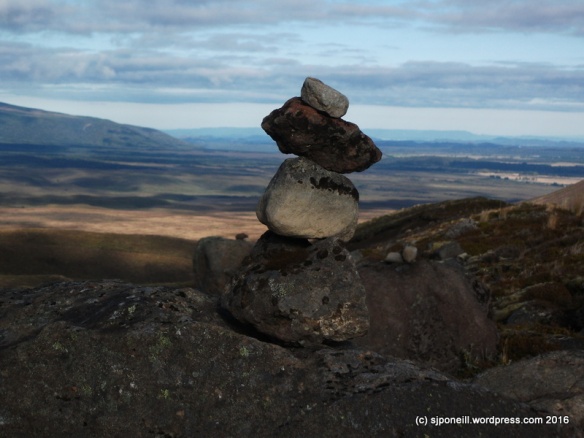
The Manawatu Standard has commented on DOC’s plans for the Tongariro National park this summer…(PDF)
First up, Stuff.co.nz, it’s not a two hour plod and that comment itself is disrespectful: it’s a proper climb in an environment that is nor forgiving. Mt Ngauruhoe deserves respect for that alone.
Secondly, referring to Mt Ngauruhoe as Mt Doom is equally disrespectful; more so when the request not to use this reference is a specific part of this summer’s campaign.
Thirdly, the Tongariro Alpine Crossing is not a “…20-kilometre journey along one of New Zealand’s nine Great Walks...” The TAC is not actually one of the nine Great Walks at all, although it shares part of the trail with the Tongariro Northern Circuit – which is one of the nine Great Walks.
I mean, really…? Did you even think about this before publishing it…? Even after the scorchings you have had for similar errors in the past..?
Mt Ngauruhoe, as with the two other summits, should be respected for its cultural significance. Some days it looks like an ant’s nest with unprepared visitors swarming over the north face. Just because they aren’t man-made structures (like pick a famous church) goes not mean they are worthy of any less respect.
People will still climb them – that genie is long out of the bottle – and the challenge now is to shape their behaviour towards one of greater respect. Being safe is part of that respectful behaviour: there is a risk in placing rangers to discourage visitors from the most popular route up the north face. This is an action that DOC specifically stated it would not take at the public meeting on this issue in Whakapapa two weeks ago.
That risk is that, by discouraging people from the most popular and safest route up the lave ridge on the north face, DOC will be encouraging them to select other routes. These other routes won’t be, for the average visitor, as safe as the north face route. In addition, the concentration of most climbers on the north face means that the very clear start point for search and rescue operations on Mt Ngauruhoe may no longer exist and that visitors in distress may be on any one of a number of less safe alternative routes.
Concentrating visitors on to one route or area also minimise the visitor impact on other areas of each mountain. That impact is not just the literal impact of pairs of feet, but of human waste (ewwww), rubbish, lost gear, and walking poles (each pole is like another foot striking the delicate volcanic surface).
The situation is aggravated by publications like Wilderness Magazine advocating alternative routes without differentiating them by risk or difficulty level, or information centres, with the best of intentions but perhaps not the best knowledge, recommending routes based on what’s looks OK on a map, or second-hand invalidated information from other visitors.
In a perfect work, we could all sit back and enjoy Tongariro and Ngauruhoe from afar, respecting their significance to local communities. But we’ve over-hyped and -marketed the Tongariro Alpine Crossing for decades – and all involved need to share responsibility for this. We need to look to the future though – leave the past behind – and consider how we ALL can best play our “…guardian role in protecting not only Tongariro and his peaks, but also the safety and wellbeing of visitors to the region…?”
This will only work if we do this together…
…to sow the seed of visitor expectation as soon as there is the faintest glow in the light bulb of “Let’s go Tongariro“
…to must be consistent on our messaging and at time put aside, direct personal benefit…
…to make visitors feel welcome and safe…and informed…




































